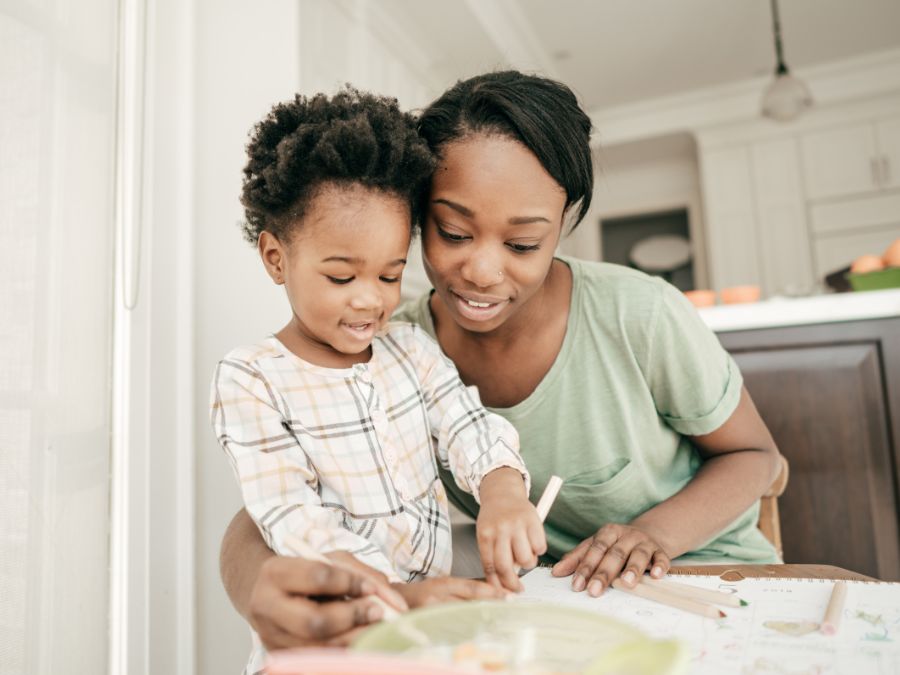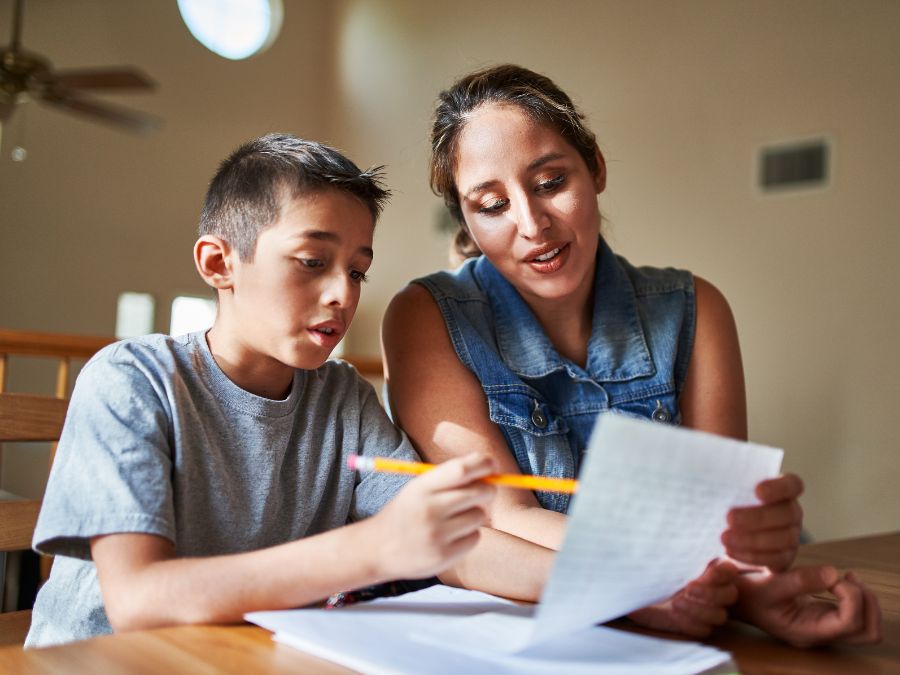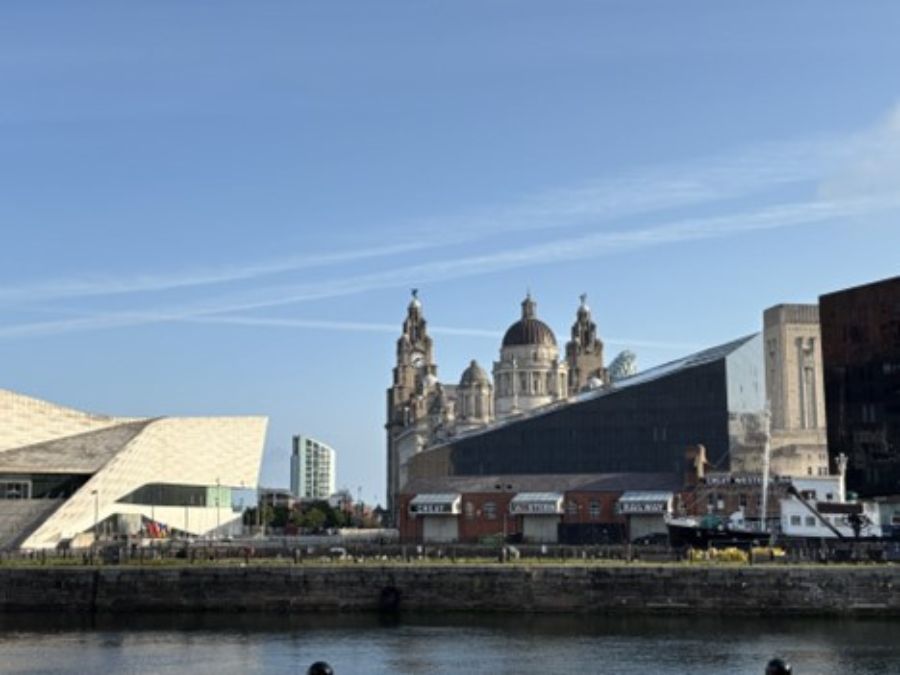
“For me, the [Four] Building Blocks [of HOPE] answers this question: How do you build alignment in an organization? …Sometimes a mission is just words on paper. And so how do you start to operationalize that?” -Natasha Paddock, HOPE Facilitator and CEO of C.O.P.E. Family Support Center
Spreading the HOPE framework from organizational changes to how we support parents and children
When Natasha Paddock, CEO of the nonprofit C.O.P.E. Family Support Center, became a HOPE Champion, she knew she wanted to incorporate the HOPE framework into her organization. C.O.P.E. stands for counseling, options and parent education. To her, focusing on relationships, healthy environments, and all of the Four Building Blocks of HOPE, or key types of positive childhood experiences (PCEs), made sense to start doing within the organization, knowing that it would spread to the way staff support parents, and ultimately, the way parents support children.
“For me, the Building Blocks answers this question: How do you build alignment in an organization? …Sometimes a mission is just words on paper. And so how do you start to operationalize that?” said Paddock.
C.O.P.E. was lucky enough to have received funding through Governor of California Gavin Newsom’s Behavioral Health Initiative. Part of the focus of the initiative was on “smart assessments,” and since Paddock was trained in the HOPE framework, she naturally wanted to incorporate it into her organizational assessment.
She thought, “This is the connection piece…the bridge between what we’re being asked to do from our funder, but at the same time what I feel like the whole model was embodying.”
Using organizational assessments and HOPE trainings to start implementing the HOPE framework
First, she did a mini-series of HOPE trainings with her cohort of interns, who she thought were a natural crew to start with because they are coming in fresh from their education and with an eagerness to explore new ideas.
After that, she hired an outside consultant to create an internal “climate survey” across the whole organization to figure out “where we were in relationship to those Four [HOPE] Building Blocks.”
One of the things the survey looked at was the organization’s environment.
“How are we in our physical space? How is that set up that is conducive for everyone, depending on the role that they play here at C.O.P.E?”
In terms of the Building Block of relationships, they looked at what their relationships were like internally, how are the 32 staff engaging with one another? They also looked at engagement, communication and procedures. And it was explicitly understood that the survey was using the HOPE framework for its metrics.
The results did not surprise her.
“I’m in my second year as the executive here, and so we’ve gone through a transition period.” She feels that it’s only natural to be asking questions of “What are we actually doing here, instead of just providing parent education services or providing clinical therapy services, what does that all mean in the broader context of the families that we serve?”
To address that question, the next step is to do an external survey with community members, stakeholders, and partners, which she hopes to have the results for by Q1 of 2026.
“How I intend to operationalize [the results] for implementation is that the Four Building Blocks will kind of construct four committees for the agency, and folks will be able to volunteer to be a part of those committees.”
Creating meaningful changes to align with the Four Building Blocks of HOPE
C.O.P.E. already used evidence-based practices to support its clients. But Paddock feels the HOPE framework will help them go deeper.
“But I think it extends beyond [delivering services], and it really speaks to the environment that we’re creating, the level of engagement, the interaction piece. Before we even get into issuing the programs and services, it really is about how we’re bringing folks into C.O.P.E.”
One simple example of how to provide a welcoming environment to parents, or any stakeholder, is relational skills like body language.
She commonly works with organizations who used strengths-based approaches. But, she added, “If [strengths-based approaches] are not truly being facilitated in how you’re thinking about the totality of the services that you’re providing…if my language around you, or my involvement…is not indicative of what’s created in those Building Blocks, then there’s a mismatch.”
In terms of how here staff is responding to the HOPE framework making its way into the organization, Paddock says, “I’m getting really positive feedback, and folks are very receptive to it. I think it’s not a far-fetched model to consider right from what we already do internally. I think it’s more of a light bulb moment for a lot of folks…It’s really just language you articulate uniformly about who we are and what we represent and the quality of service that we embody.”
What does the HOPE framework look like in your work?
Do you have an amazing story to share on how you are using the HOPE framework in your work with children and families? Are you looking to start prompting positive childhood experiences? Reach out to us!


